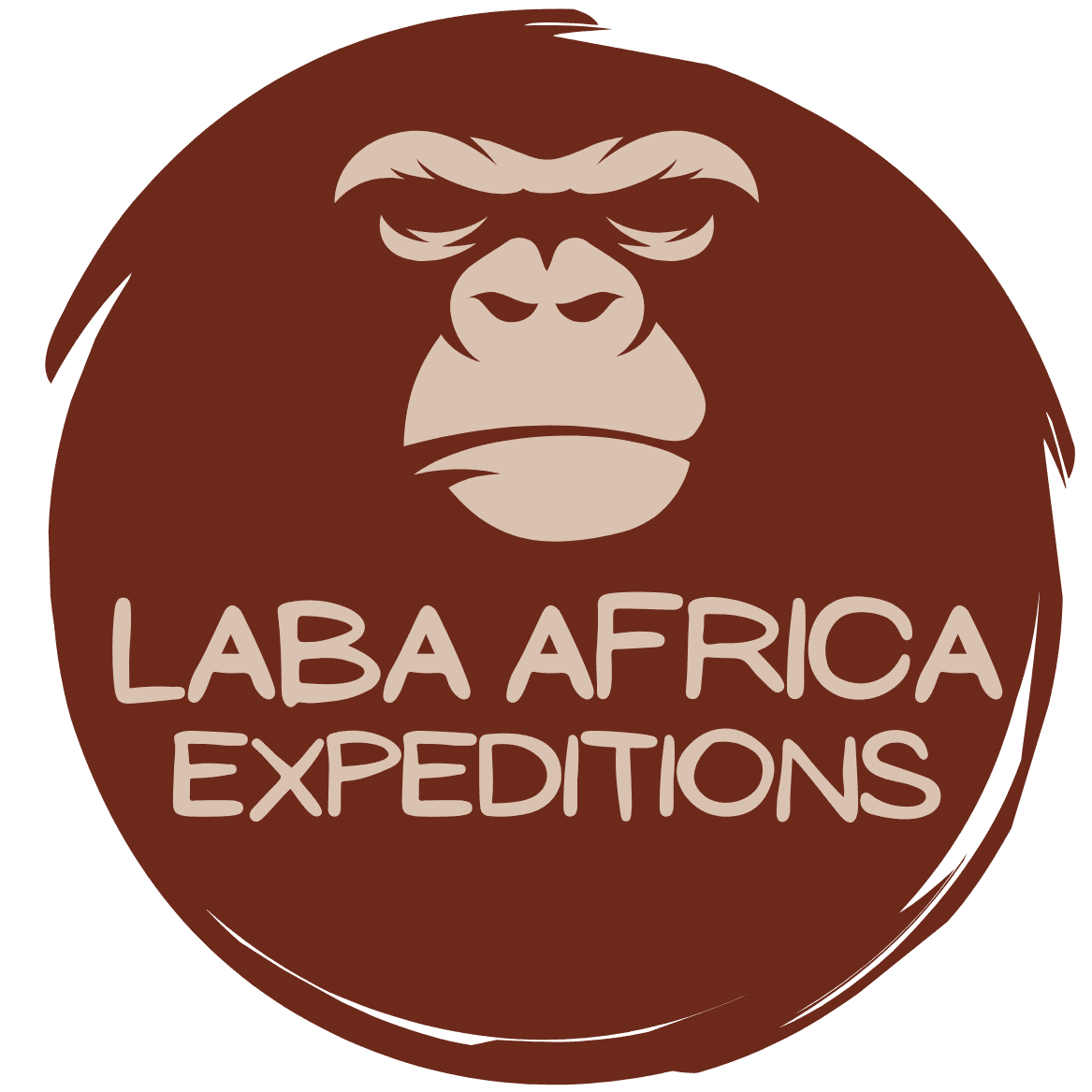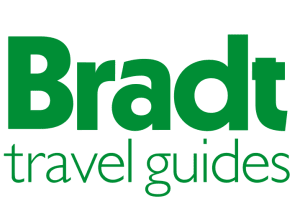Self drive Africa
The Ultimate Guide to Self-Drive Safari Costs in Kenya
Discovering Kenya with rented rented 4x4:
Imagine the feeling of driving through the rugged African terrain, steering through the savannah of the Maasai Mara, and deciding the pace of your African safari adventure. That’s the excitement of a self-drive safari through Kenya, especially when you have a solid 4×4. Self-drive safari through Kenya puts you in the driver’s seat to have control of your magical Kenya safari. As you plan for this once-in-a-lifetime wilderness experience, understanding the costs involved is essential. We have made this ultimate Kenya self-drive safari cost guide, breaking down the expenses of discovering Kenya’s majestic landscapes with a rented 4×4, ensuring your adventure is as budget-friendly and transparent as possible. With this guide, you don’t have to worry about unexpected hidden costs.
Factors Determining Self-Drive Safari Costs in Kenya
Duration of the 4x4 Rental
Some car rental companies can discount rates for longer 4×4 rentals in Kenya. This means that the daily rate for renting a car for 1 month might be less than if you were to rent the same 4×4 car for just 5 days. It costs us more money to rent a car for few days that if we rent for 3 weeks. Also With longer rental durations, customers may have more leverage to negotiate a better rate, especially if they are renting during off-peak seasons of April and May. A Land cruiser with roof tent is usually 145$ per day
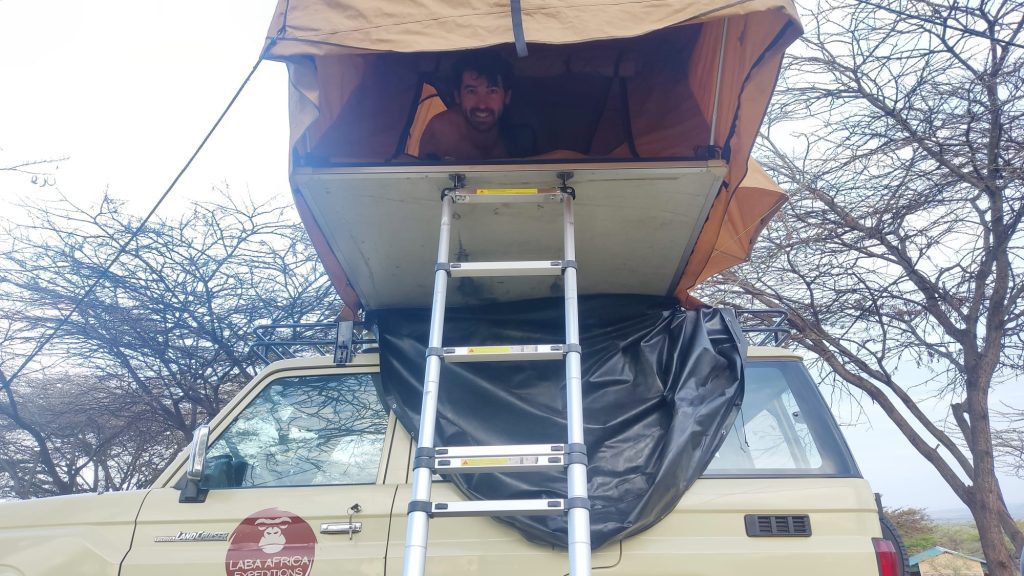
Type of vehicle (e.g. 4x4 Land cruiser vs a small 3-doors Rav 4 )
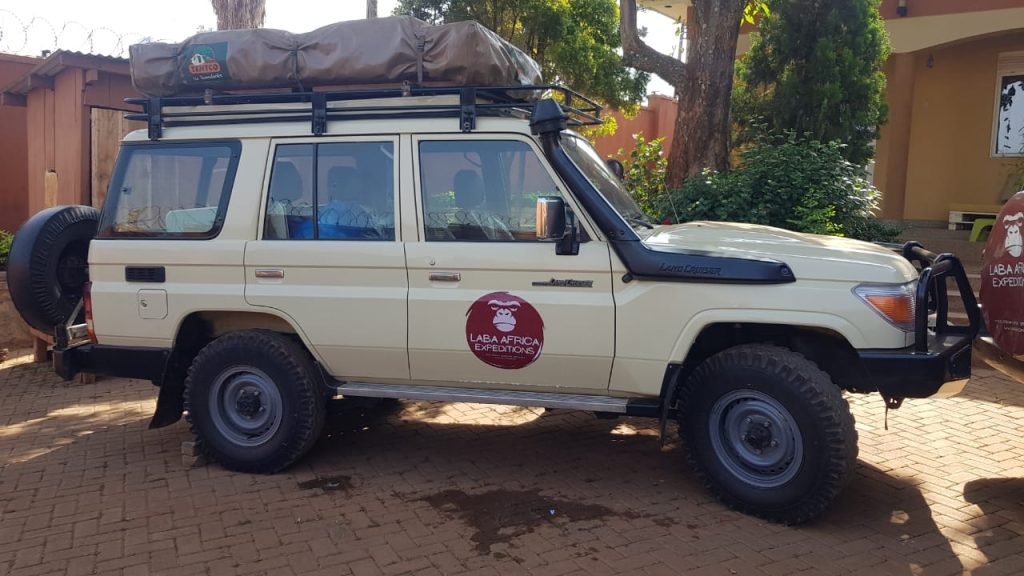
4x4 Land Cruiser:
This is a heavy-duty, full-sized vehicle built for the most challenging African roads. These Land cruisers are designed to take on off-road conditions like the ones you might encounter in some remote villages or Kenyan national parks.
3-door Rav 4:
While the Rav 4 is also a 4×4, it’s generally smaller and might not be as robust as the Land Cruiser. It’s better suited for lighter off-road conditions and cities.
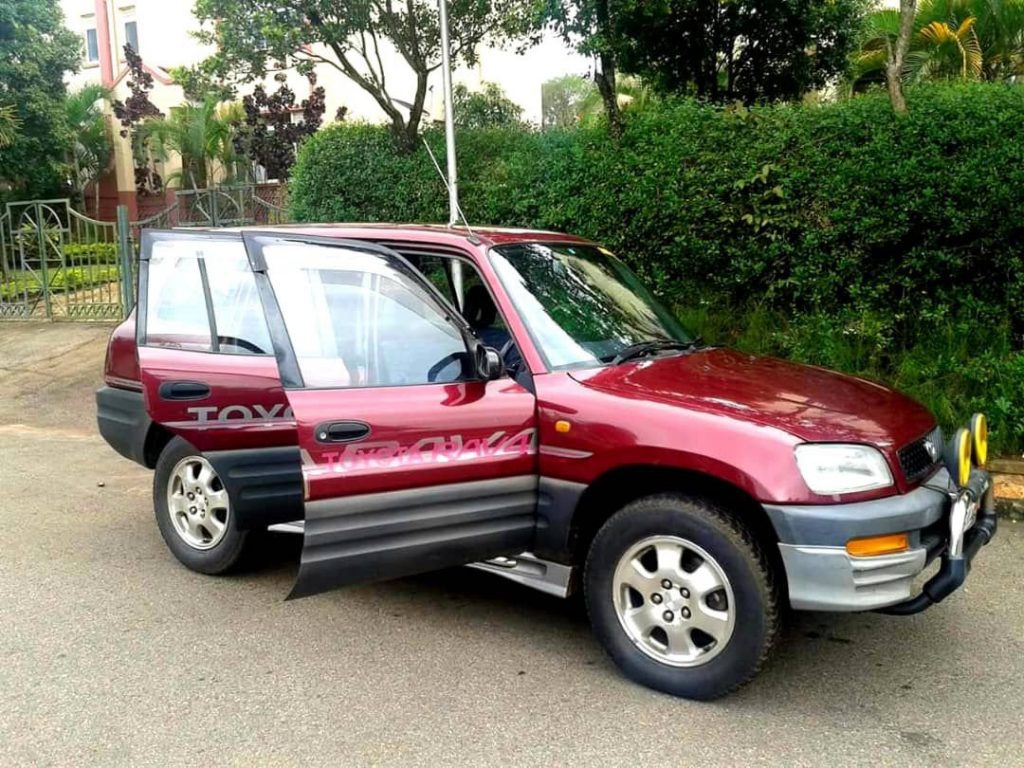
Being a larger and more robust vehicle, the 4×4 Land Cruiser is, of course, more expensive ( 145$ with camping gear ) to rent than the small 3-door Rav 4: The Rav 4 will generally be more affordable on a daily basis due to its smaller size and engine ( Rav 4s cost about 60$ per day )
Fuel Efficiency
Larger engines and heavier builds for 4×4 Land Cruiser mean they consume more fuel, especially in off-road conditions. Expect to have about 8 to 9 km per litter of diesel. On the other hand, a 3-door Rav 4: Being smaller and lighter, Rav 4s are generally more fuel-efficient with about 10 to 12 km/ Liter of petro. But also keep in mind that the prices of Petrol in East Africa are higher than diesel so in the end you might not save here.
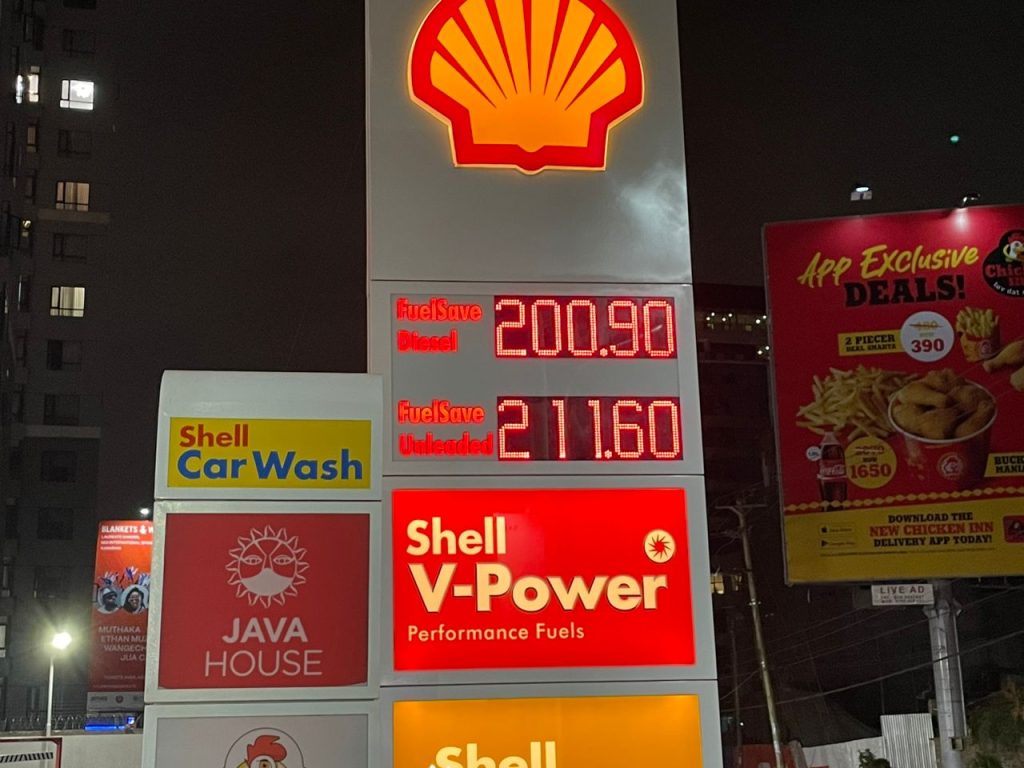

Self-drive safari destinations
Staying longer in a particular National Park or reserve doesn’t necessarily bring the cost per day down. National Park entrance fees are always charged on a per-person 24-hour basis regardless of how many days you stay in the park. It should be noted that some parks and reserves are more expensive than others. For example, Major parks like Masai Mara cost around $70 to $80 per 24 hours, while Hells Gate National Park costs $26. Please note that prices are subject to change at any time without prior warning
Accommodation preferences (camping with a roof tent / Ground tent vs lodges).
The daily rate for a campsite is generally much lower from $10 $ to $20 compared to lodge fees lodge. Our 4×4 came with camping gear and you will be cooking for yourself. This means you’ll be buying groceries and supplies, but this usually comes out cheaper than dining at lodges. Camping can also provide an authentic experience, bringing you closer to nature and re wilding your soul. However, you’ll be sacrificing some comforts. On the other hand, lodges cost from $70 to $1000 per night which some people cannot afford. That being said, camping on the roof of your jeep becomes a much better choice if you looking at cutting costs during your Kenya self-drive safari
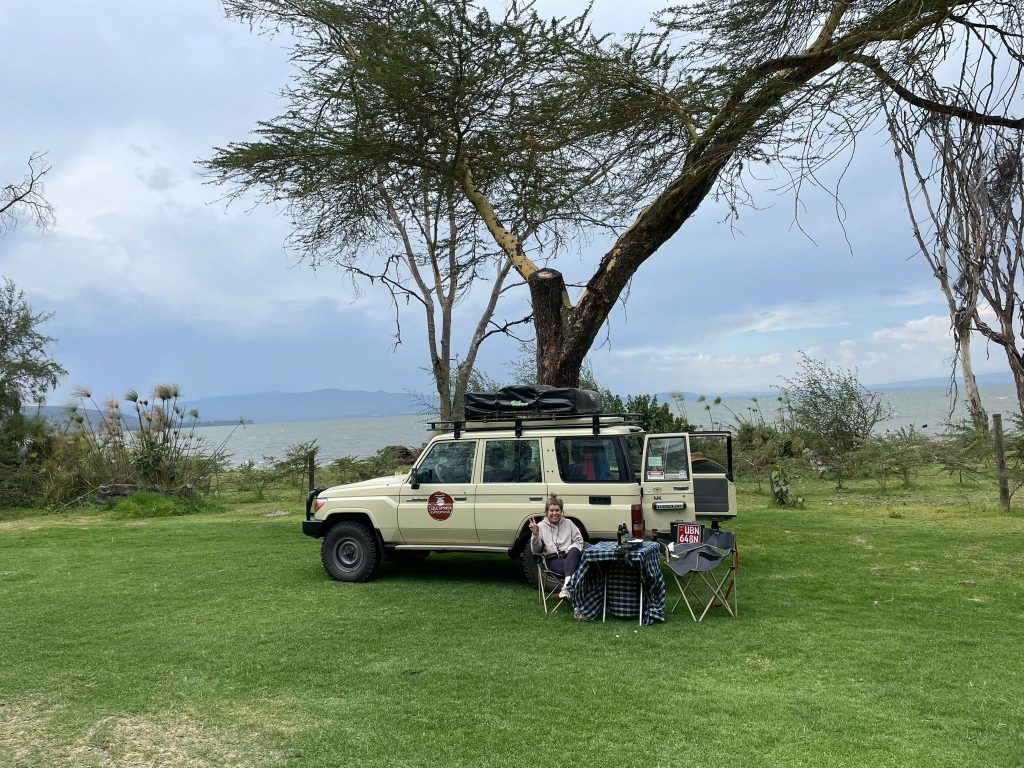
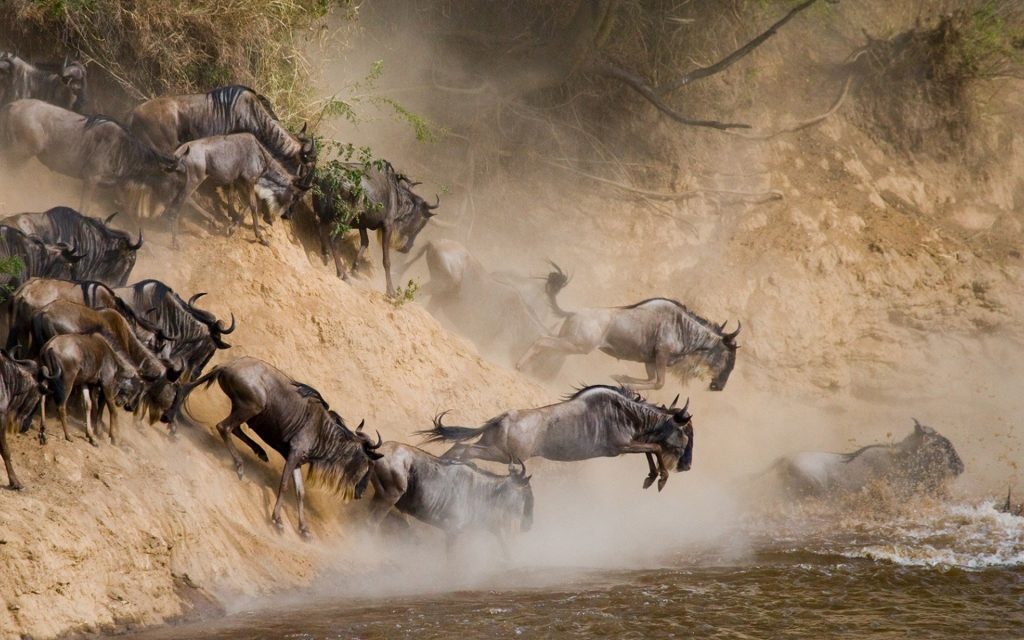
Seasons (peak vs off-peak).
Booking a rental 4×4 car in peak season (July-September & Christmas-February) will always cost the most, and low season (March-April & November) will of course cost the least.
The difference in price between the two periods can be as much as 30% to 40% for accommodation if you choose to stay in lodges. So, booking yourself drive safari in Kenya’s off season will saves you a lot of cash.
Detailed Kenya self-drive car rental Cost Breakdown
– 4×4 Vehicle Rental Rates: 120$ Per day without camping gear
– Insurance (Only if you cross borders $70)
– Fuel cost. 1.23$ per 8 to 9 km
– Additional equipment ( $25 roof tent and camping gear for 2 persons )
– Park Entrance fees (From 26$ per person per 24 hours to $80 depending on which park you visit)
– Meals ( you need to do your own shopping )
– Camping fees from 10$ per person per day
– Cycling tour in Hells gate $21
– Car delivery at the airport 40$
– Hiring a ranger 11$
– Car Park entrance fees per day $3
– Hiring a guide or driver per day costs $40
Miscellaneous Expenses
Kenya visa cost.
Kenya offers several types of visas for visitors, and the fee can vary depending on the purpose and duration of the visit. Tourists, for instance, typically apply for a single-entry visa, which allows them to stay in the country for up to 90 days. The fee for this visa has historically been $51 for most nationalities.
The East Africa Tourist Visa allows travel between Kenya, Rwanda, and Uganda, is available for $100. However, it’s crucial for potential visitors to check the most up-to-date information on the official Kenyan embassy websites or other official sources, as visa fees and regulations can change over time https://evisa.go.ke/.
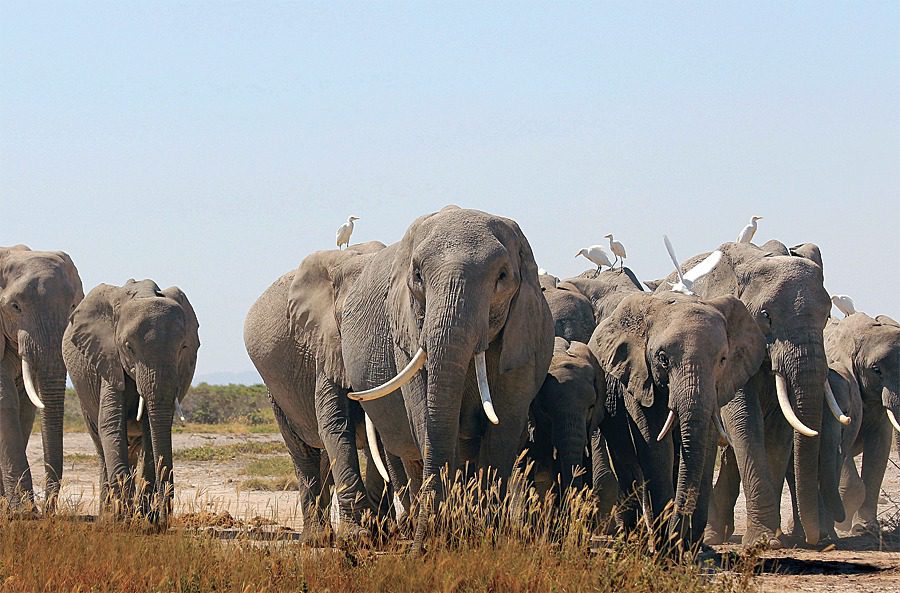
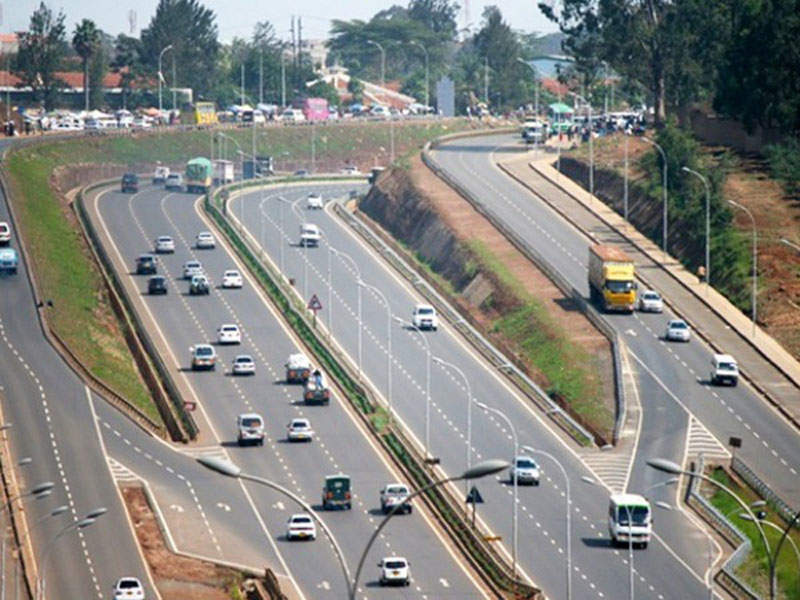
Road tolls fees for Express road to avoid traffic jam from Jomo Kenyatta International airport.
- Eastern Bypass ( Cabannas) – Kes 120
- Southern Bypass ( around Airtel area) – Kes 180
- Capital Center – Kes 180
- Museum Hill – Kes 240
- Westlands – Kes 300
- Nairobi West ( last exit – around ABC place) – Kes 300
Souvenirs.
Variety of souvenirs were available at bargain prices, the cost will depend on your individual spending habits
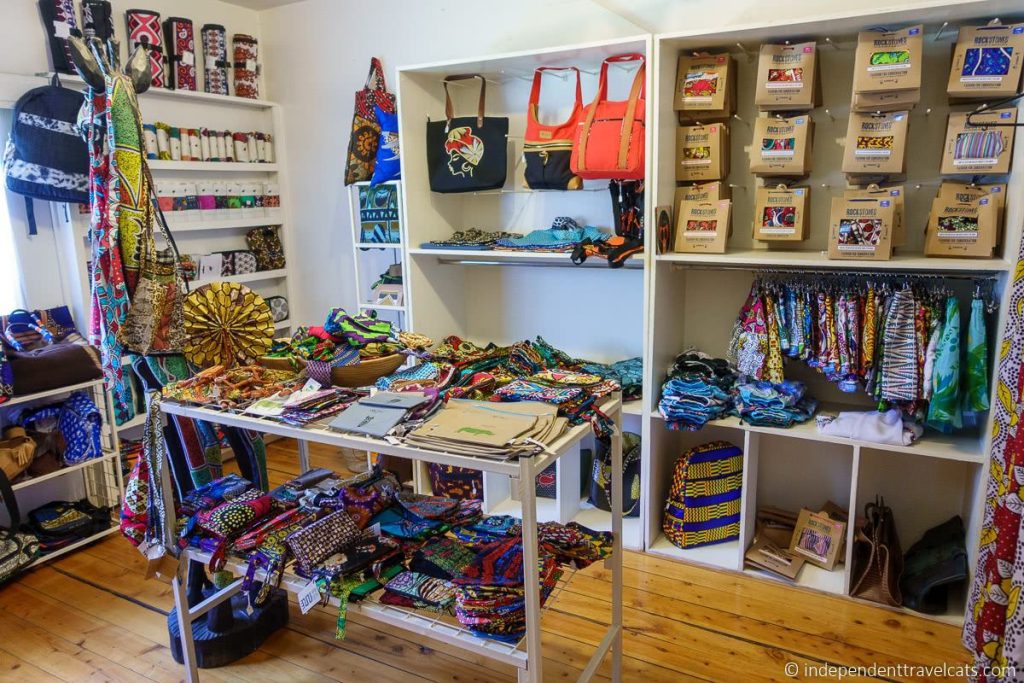
Tips for a Budget-Friendly Self-Drive Safari
Doing a 4×4 self-drive in Kenya is an exciting experience that lets you explore Kenya safari at your own pace. However, it can also become a costly adventure if you don’t plan it right. Here are some practical tips to ensure you have an unforgettable safari without breaking the bank:
- Travel During the Off-Peak Season: Like any tourist destination, safaris have peak and off-peak times. 4×4 car rental in Kenya during the off-peak season can save you considerably on vehicle rentals, accommodations, and some activities. Plus, the parks Masai Mara are less crowded, providing a more intimate experience with nature.
- Compare Vehicle Rental Prices: Take your time, and don’t just book the first rental vehicle you come across. Compare prices from different companies, consider the type of vehicle its fuel efficiency, and check for any hidden fees or charges. Bigger international car rental agencies are likely to offer you exorbitant prices
- Plan to visit lesser-known Parks and Reserves: While famous parks like the Maasai Mara or the Serengeti are on many travelers’ bucket lists, they also come with higher entry fees and more crowds. Lesser-known parks and reserves like Samburu or Tarangire National Park offer equally mesmerizing wildlife experiences at a fraction of the price.
- Camping saves a lot of money: Accommodation can be one of the most expensive parts of a safari. To save on this, consider staying in campsites and sleeping on your roof tent. This will bring you closer to nature and reduce costs significantly. Of course, you can treat yourself by finishing your self-drive Kenya trip with some days in a lovely lodge at the beach.
- Eat local and cook your meals: Instead of dining at the lodges or resort restaurants every day, explore local markets for fresh produce and prepare your own meals. Our 4×4 rentals can take all cooking equipment so that you can cook your own meals and save a lot of money. Also, when you eat out, try local eateries or roadside local restaurants, which often serve delicious and authentic dishes at a fraction of the cost of upscale safari lodges and restaurants.
| Camping Gear Set | |
|---|---|
| 🛏️ | Folding foam mattress |
| 🛌 | Sleeping bag (with pillows and bed sheets) |
| 🪑 | Chairs and small table |
| 📦 | Storage box |
| 🔥 | 1 gas tank & 1 burner |
| 🍽️ | Cups, plates & bowls |
| 🍳 | Pots, frying pans, cutlery set |
| 🔪 | Knife, can opener, corkscrew |
| 🧀 | Cutting board |
| 🧽 | Dishtowel and detergent |
| 💡 | Solar table lamp |
| ⛺ | Roof tent or ground Tent |
| ❄️ | Fridge |
Frequently Asked Questions (FAQs)
Yes, you can do a self-drive safari in Kenya. Many tourists choose this method to explore the national parks and reserves at their own pace. However, it might be challenging if you need to familiarize yourself with the terrain and wildlife behaviour. Moreover, there are some park rules and regulations to be aware of, which can be crucial for your safety and wildlife protection.
Absolutely. Many tourists prefer to rent a 4×4 vehicle with a professional driver/guide. For some, this takes away the stress of navigating the parks and Nairobi’s busy streets and provides the advantage of the driver/guide’s experience and knowledge about wildlife, ensuring you get the most out of your African safari experience.
Kenya is one of the prime safari destinations in Africa for safari and offers a variety of landscapes and wildlife. 4×4 self drive safaris are not as popular as in Southern Africa but definitely Kenya is worth it
Conclusion.
With a rented 4×4, tourists can conquer the rugged terrains and savor the scenic beauty of Kenya’s iconic national parks. However, it’s essential to understand the associated costs to ensure an adventure that’s both fulfilling and budget-friendly. Several factors play into the overall cost, from vehicle type, fuel efficiency, and park entrance fees to accommodations and seasonal variances. With a detailed breakdown of potential expenses and strategic tips, travelers can optimize their self-drive safari experience. By being informed and planning judiciously, they can immerse themselves in Kenya’s wilderness without undue financial stress, balancing adventure and affordability. Whether one opts for the luxury of lodges or the raw authenticity of camping, Kenya offers many options tailored to every traveler’s preference and pocket.
